In the wild plains of Africa and the forests of Asia, elephants display a behavior that feels hauntingly familiar to us: they mourn their dead. These gentle giants have been seen standing vigil over fallen companions, touching their bones with their trunks, and even returning to the same spot years later. Scientists believe these rituals reveal not only deep social bonds but also a rare level of emotional intelligence in the animal kingdom. Far from being mere instinct, elephant grief mirrors our own—complex, enduring, and profoundly moving. Their mourning reminds us that the line between human and animal emotions may be thinner than we think.
The Mystery Behind Giant Tears
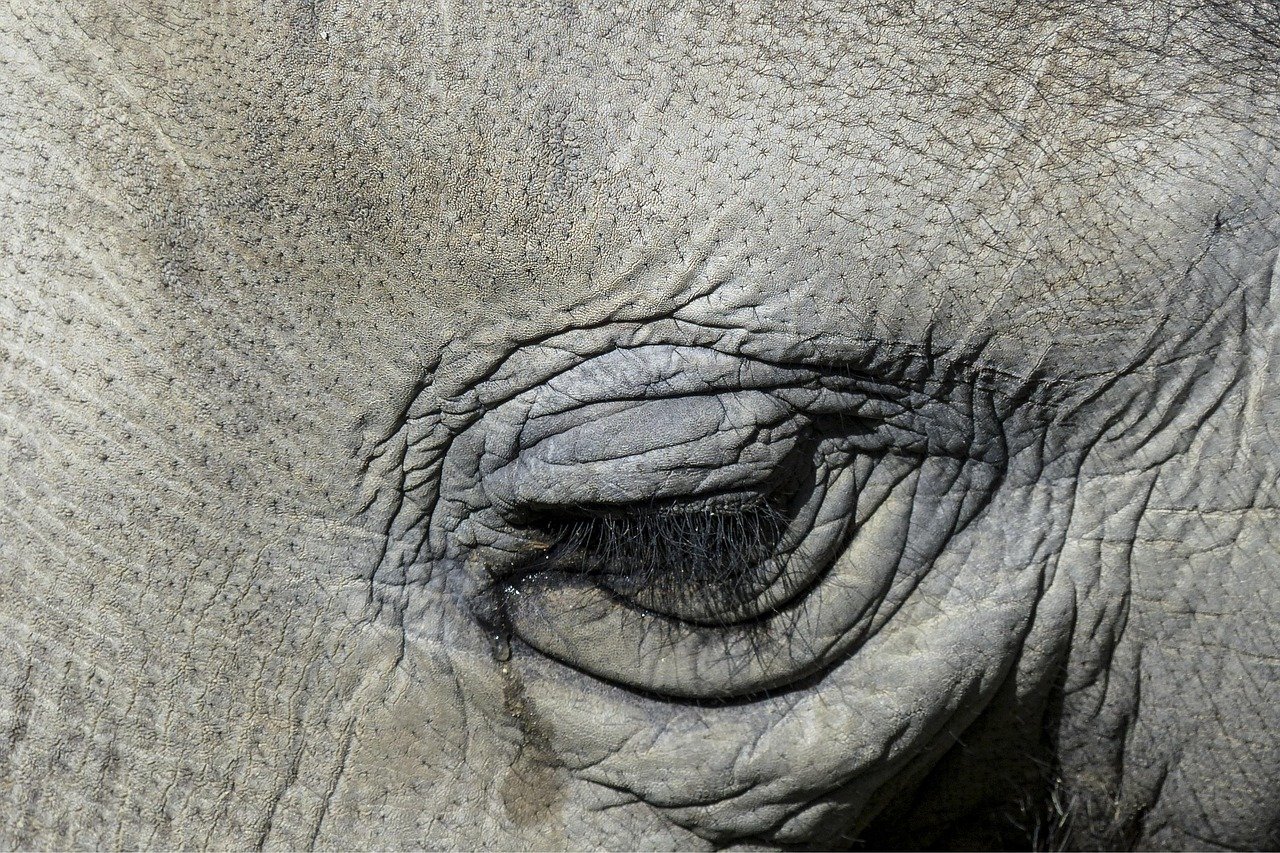
When scientists first started documenting strange behaviors among elephant herds, they weren’t prepared for what they’d discover. Between the eyes and ears of many elephants, researchers noticed wet patches of skin. These temporal glands secrete an oily substance, primarily during musth (a reproductive state in males). Though these aren’t tear ducts and elephants aren’t crying in the human sense, they do stream from their glands when feeling strong emotions.
What makes this phenomenon even more fascinating is its timing. These secretions appear most prominently when elephants encounter death, suggesting a biological response to emotional distress that parallels our own tears.
The Ritual of Returning

The mourning rituals of elephants have captured the attention of numerous biologists. Elephants have been known to investigate old elephant carcasses, smelling the bones, moving them with their trunk and feet, and at times gathering in abundance around the area. But here’s what’s truly remarkable – they don’t just visit once and move on.
Elephants have incredible long-term memories and there are anecdotal reports of elephants pausing quietly at sites where loved ones died years ago. It’s almost like humans visiting a cemetery, except these gentle giants create their own memorials in the wild.
The Science of Elephant Emotion
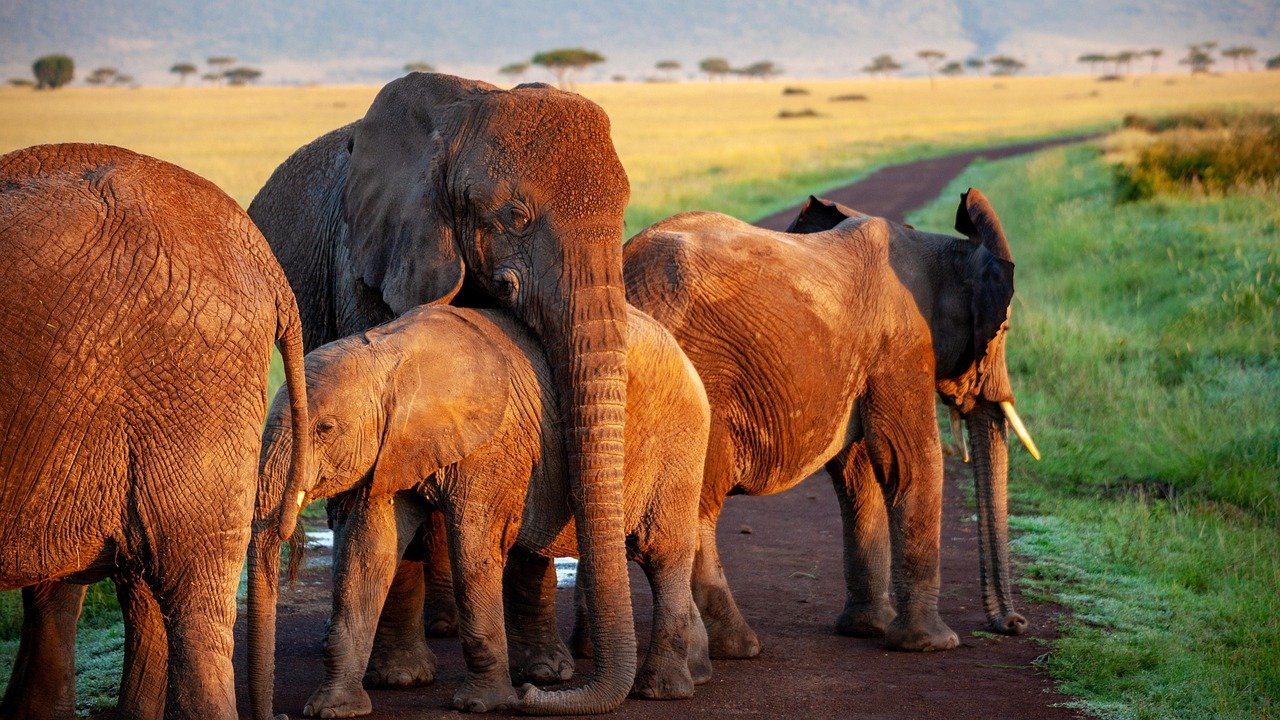
Researchers have witnessed a range of emotions in elephants, including what appears to be grief. But scientists had to be careful about how they defined this behavior. To qualify as grief, surviving individuals who knew the deceased must alter their behavioral routine. They might eat or sleep less, or act listless, or agitated. They might attend their friend’s corpse.
The evidence keeps mounting. During observations, researchers witnessed elephants visiting and revisiting carcasses during which they engaged in extensive investigative behavior, stationary behavior, self-directed behavior, temporal gland streaming, and heightened social interactions with other elephants. Elephants show broad interest in their dead regardless of the strength of former relationships.
When Matriarchs Fall

One of the most documented cases involved Eleanor, a beloved matriarch in Kenya’s Samburu Reserve. When Eleanor, ailing, collapsed, another matriarch named Grace rapidly approached her with facial glands streaming from emotion. Grace lifted Eleanor back fully onto her feet. But Eleanor couldn’t stay upright.
Grace appeared very stressed and continued trying to lift Eleanor. Grace stayed with Eleanor as night fell. During the night, Eleanor died. What happened next tells us everything about elephant bonds – Eleanor’s body was attended by her own family, another family, by Eleanor’s closest friend Maya, and again Grace was there. Maya spent an hour and a half with Eleanor’s body. A week after her death, Eleanor’s family returned, and spent half an hour.
The Underground Ceremonies

Perhaps the most shocking discovery came from recent research in India. Asian elephants bury their calves with their legs poking out of the ground. The calves were transported to premade burials of sorts – irrigation drains on tea estates – by herd members, before being placed in holes and covered in soil.
After the burial, tea estate managers and villagers heard the elephants roaring and trumpeting. Researchers believe these vocalizations were to express agony and pain and to pay homage to the deceased calves. The organized nature of these burials shocked scientists who had never witnessed anything quite like it in the animal kingdom.
Recognition Beyond Death
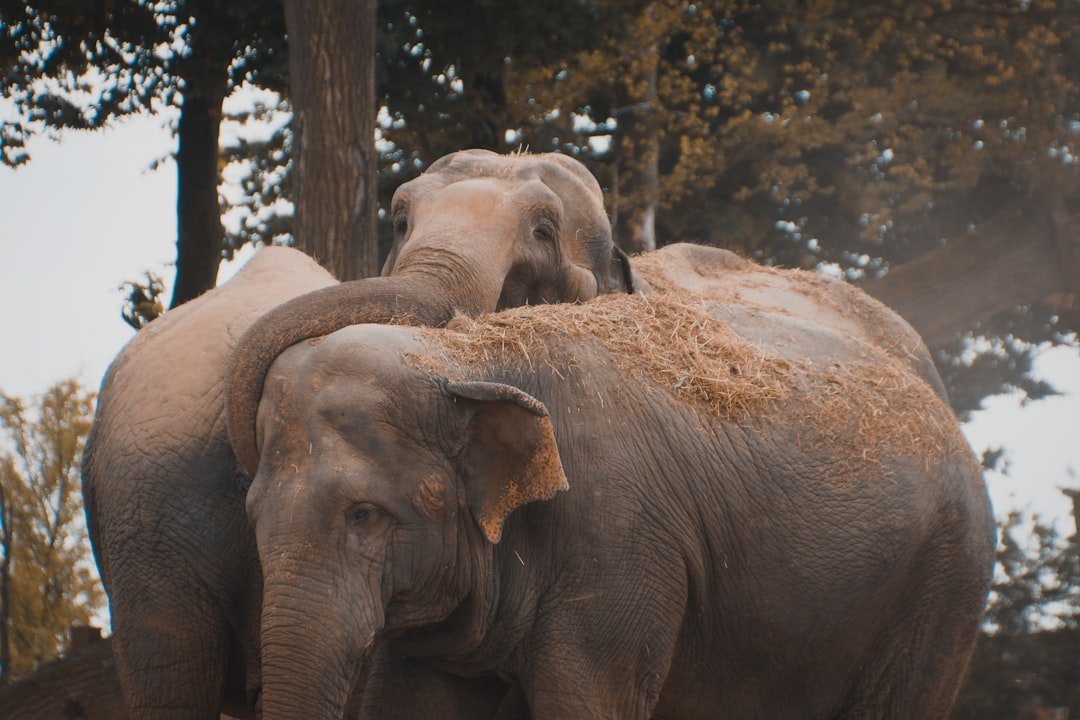
Experts suggest that elephants investigating the skull of their own species may very well be able to recognize the identity of the fallen member. This makes sense, as elephants often greet each other by smelling another individual’s tusks and placing their trunk in the mouth of another. For such intelligent animals with an incredibly acute sense of smell, this doesn’t seem too far-fetched.
Think about the implications here. These animals might actually know who they’re mourning. It’s not just a general response to death, but a specific recognition of a lost individual.
The Language of Loss

Elephants also sound different when they are grieving. They vocalize in the forms of low grumbles and high-pitched screams following a death. These aren’t random sounds of confusion – they’re specific grief vocalizations that other elephants understand.
In one heartbreaking experiment, researchers played a recording of an elephant who had recently passed. This caused its family members to call out in distress. In vain, they attempted to search for the dead elephant, and its daughter called for days afterward. The experiment was never repeated by the researcher again.
Protecting the Departed

Elephants have been documented stroking the bones of the deceased, guarding carcasses, burying dead calves, and even crying. Though ignoring the remains or bones of other species, elephants almost always react to those of their own.
What’s fascinating is how they cover the bodies. African forest elephants cover their deceased companions with branches and leaves, showcasing their intelligence and social structure. It’s like they’re trying to preserve dignity even in death, creating natural shrouds for their loved ones.
The Avoidance Patterns
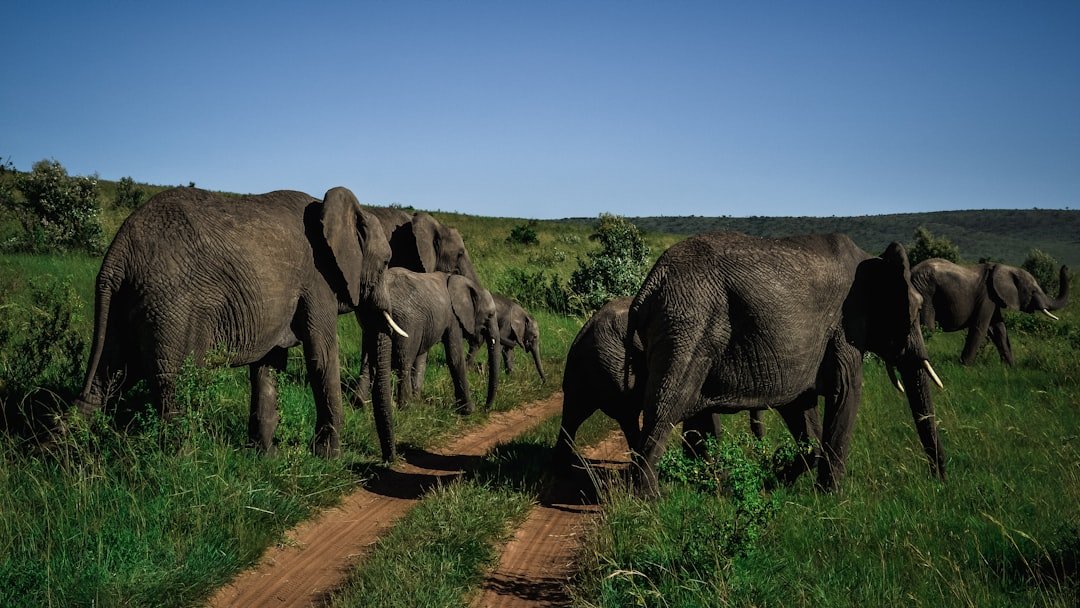
After Asian elephants bury their young, something remarkable happens. Researchers discovered that after the burials, elephants would avoid the paths where the calves had been left – even when the route had previously been regularly used. This may have to do with the elephants associating the path with bad memories and to pay homage to the deceased.
It’s almost like they’re showing respect by staying away, understanding that some places hold too much sorrow to revisit casually. This behavior suggests a level of emotional memory that scientists are only beginning to understand.
The Family Circle of Grief
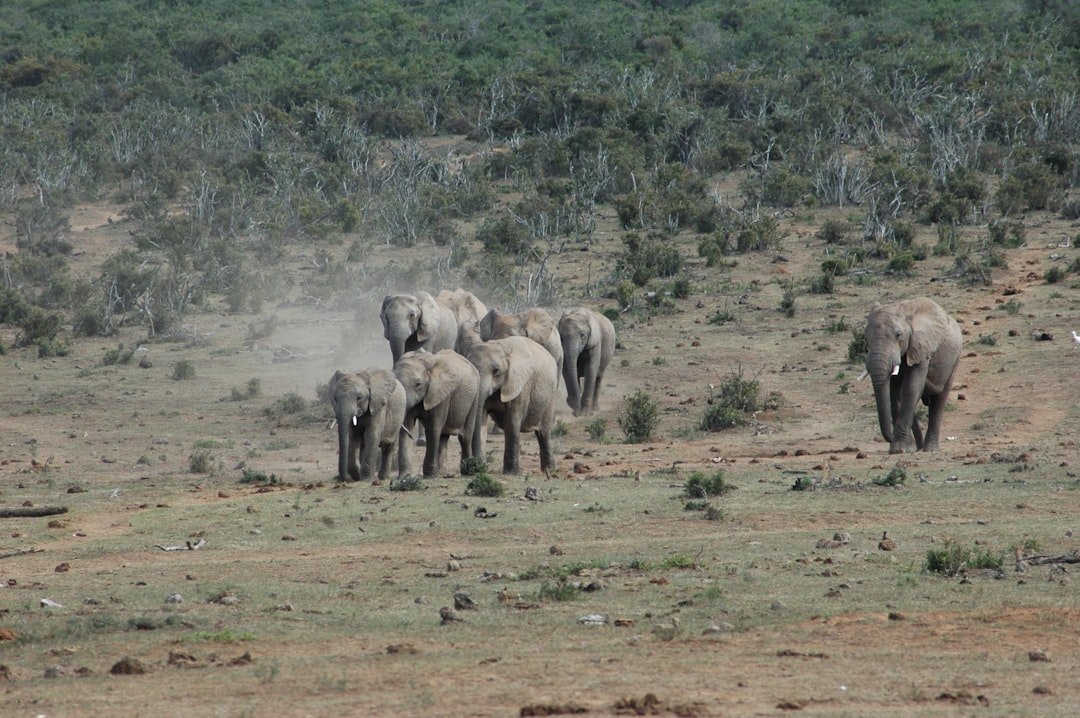
Elephants form very close bonds and live in tight-knit social groups. The herd is led by the matriarch of the group, usually the oldest female. Basic family units typically consist of 8-12 related females and their calves, though herds can temporarily aggregate into larger groups. Herds are made up of females and their calves. Males will stay with their families until they are around 12 to 15 years old.
This social structure explains why grief hits elephant communities so hard. When you live in such close quarters with your family for decades, losing a member isn’t just losing an individual – it’s losing a piece of your entire world.
Conclusion

The evidence overwhelmingly suggests that elephants experience grief in ways remarkably similar to humans. From their temporal gland secretions that mirror our tears, to their funeral-like rituals and long-term remembrance of the deceased, these magnificent creatures show us that the capacity for deep emotional connection isn’t unique to our species. Mourning manifests differently in elephants than in humans, but it’s clear that in grief, we are more similar than we are different. The next time you see an elephant, remember – behind those wise eyes lives a being capable of love, loss, and the profound sorrow that comes with saying goodbye.
What would you have guessed about the emotional depth of these gentle giants before learning these remarkable facts?




